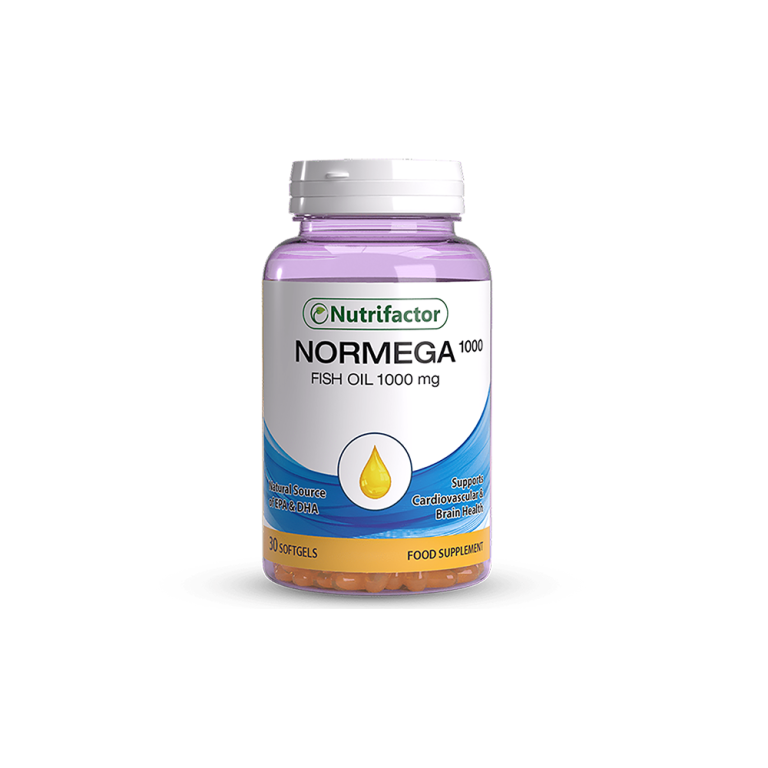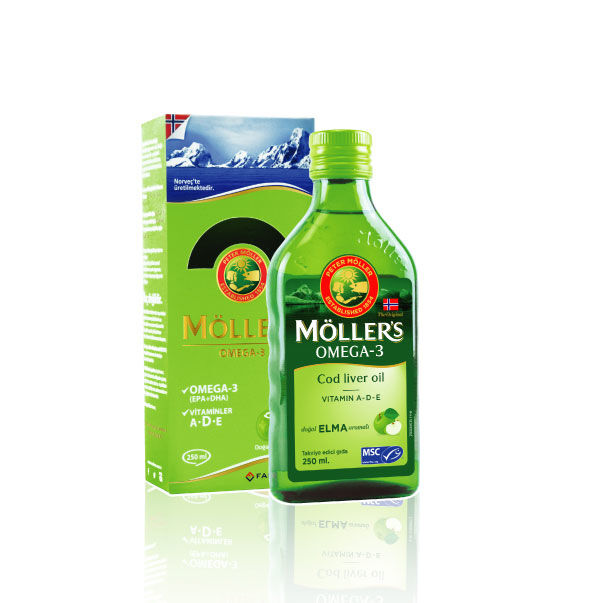
Fish Oil Liquid: Optimal Dosage for Daily Intake
Introduction to Fish Oil Liquid
Fish oil liquid is a staple in the health world. It comes packed with omega-3 fatty acids. These are essential nutrients our body needs. The liquid form allows for easy ingestion and digestion. It’s an alternative to the more common fish oil capsules.
People often take it to support heart and joint health. It’s also important for brain function. You can find it in many dietary supplements. Some choose liquid for its customization in dosage. Others prefer it for its fast absorption rate.
The source of fish oils liquid is fatty fish. This includes salmon, mackerel, and sardines. These fish provide rich omega-3 content, which the body can’t make on its own. You can consume fish oil liquid directly. Or, you can add it to food or drinks. It can be a simple way to boost your omega-3 intake.
In this blog, we’ll explore fish oils liquid in depth. We’ll look at its benefits and how to properly use it. By the end, you’ll understand why and how to incorporate it into your routine. Let’s dive in and discover the power of fish oil liquid.
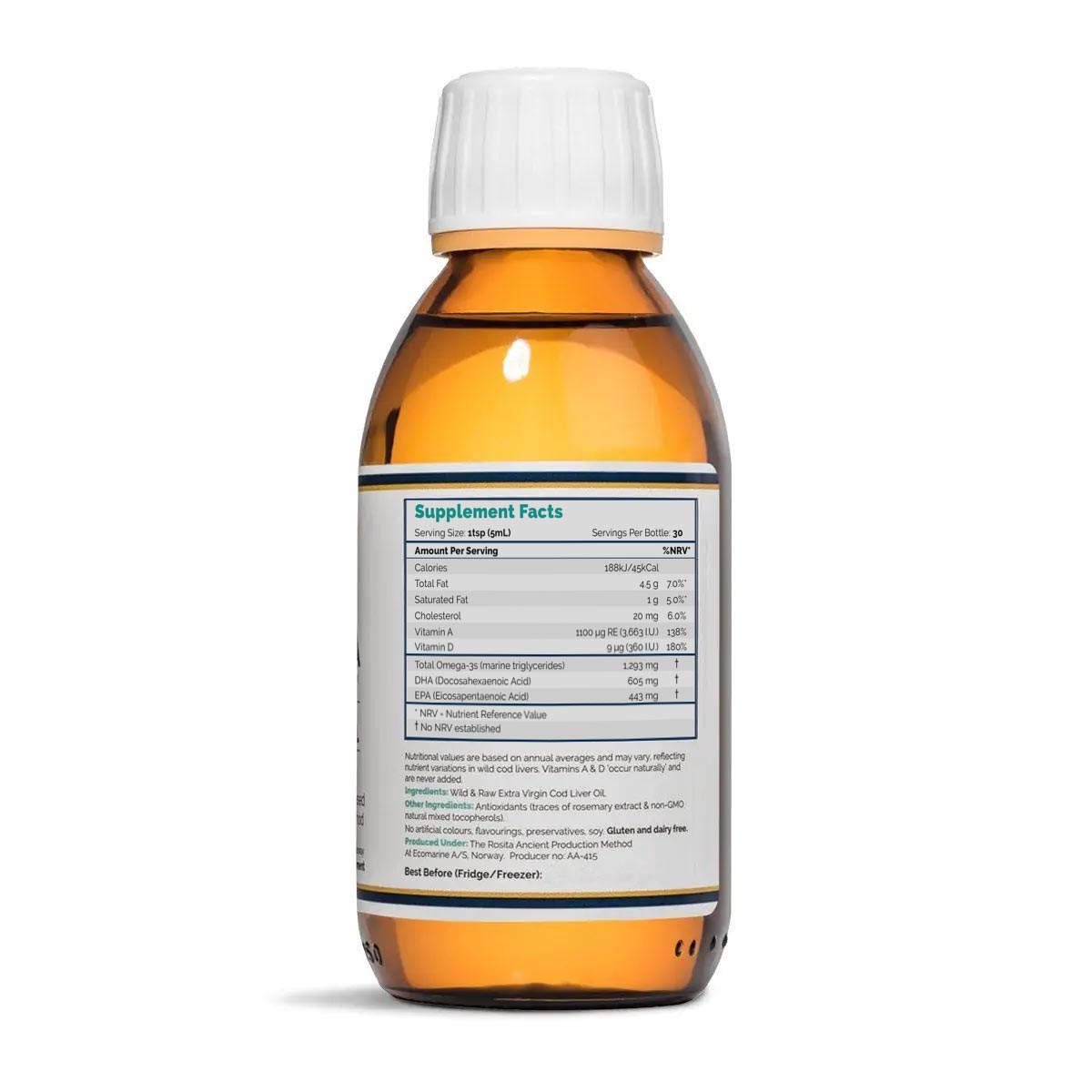
The Composition of Fish Oil Liquid
Fish oils liquid is rich in omega-3 fatty acids, which are vital for health. These omega-3s consist of EPA (eicosapentaenoic acid) and DHA (docosahexaenoic acid). Our bodies cannot produce these nutrients, so we must get them from our diet. Fish oil liquid often contains vitamin E. This helps maintain its freshness and prolong shelf life. Other minor components may include traces of vitamin D and some antioxidants.
EPA and DHA are known for their anti-inflammatory properties. They play a significant role in cardiovascular and cognitive health. The concentration of EPA and DHA differs in fish oil liquids. It depends on the type of fish used and the production methods. Purity standards vary. Consumers need to look for products that display their EPA and DHA content. This way, you can be sure of what you’re consuming.
Fish oils liquid also may contain flavors. This helps make it more palatable. Some brands add lemon or orange essence. This can mask the fishy taste, which some people find off-putting. When selecting fish oil liquid, check for added ingredients. Ensure they align with your dietary needs and preferences.
Optimal Dosage for Daily Intake
Determining the optimal dosage for fish oils liquid is crucial. It ensures you reap the benefits without overdoing it. The American Heart Association suggests 1 gram of EPA and DHA for those with heart disease. Healthy individuals might need less. Usually, a daily dose ranges between 250 to 500 milligrams of combined EPA and DHA.
It’s important to read labels carefully. Manufacturers often list the total amount of fish oil, not just EPA and DHA. Speak with a healthcare provider before starting. They can offer personalized advice based on your needs.
Always start with a lower dose and watch for any reactions. If you tolerate it well, you can gradually increase the amount. Remember, more isn’t always better. Stick to recommended guidelines to maximize fish oil liquid’s health perks.
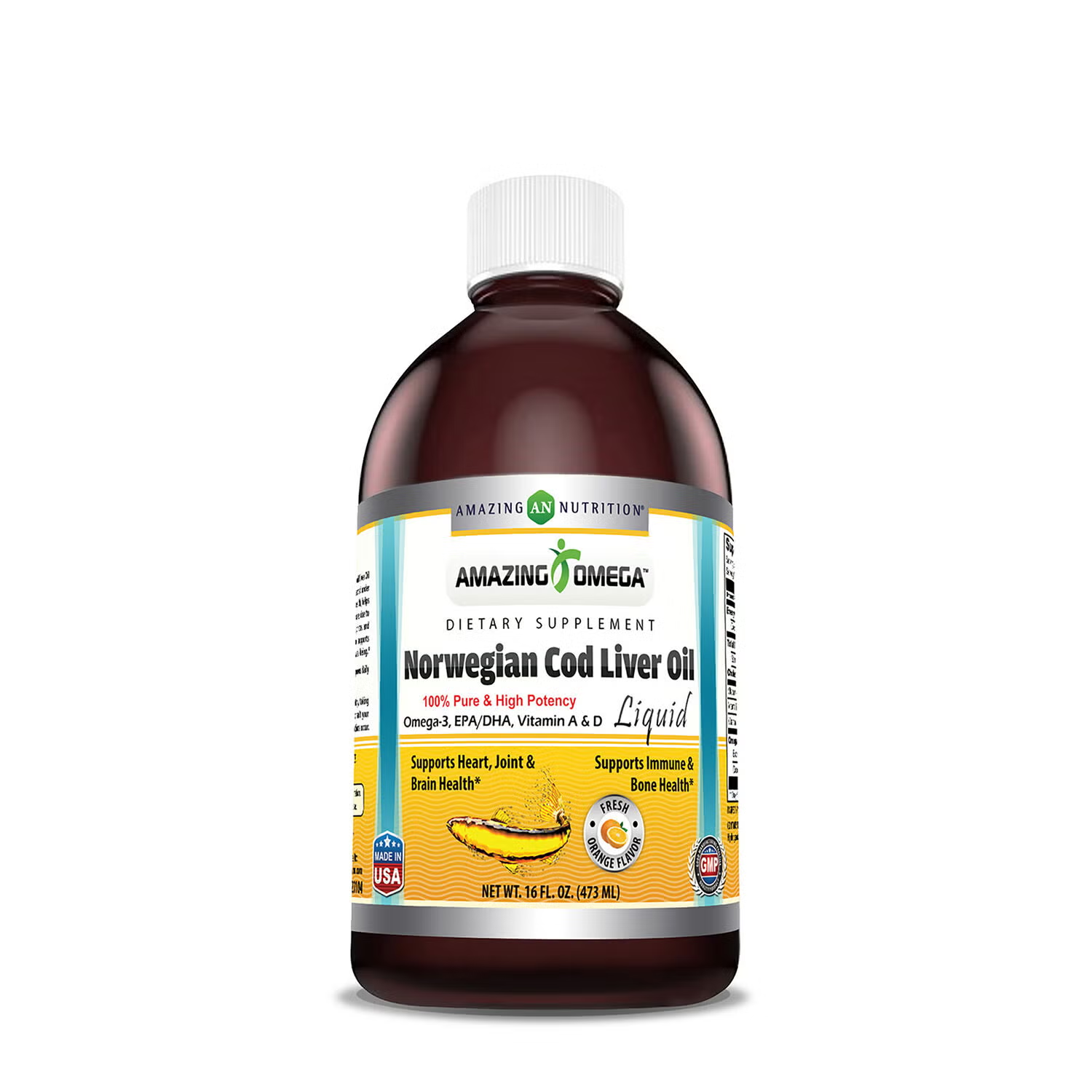
Health Benefits of Fish Oil Liquid
Fish oils liquid is a powerhouse of health benefits. It supports various aspects of our well-being. Omega-3s are good for the heart. They can help to lower blood pressure and reduce triglyceride levels. This means a lower risk of heart disease. Omega-3s also aid in reducing inflammation. This can be a boon for those with joint conditions like arthritis.
The brain also benefits from fish oil liquid. It contains DHA, which is important for brain health. Regular intake may improve memory and cognitive functions. It might also help with mood disorders. Some studies suggest omega-3s support mental health. They might play a role in managing depression and anxiety.
Fish oils liquid can help with eye health, too. DHA is a major structural component of the retina. Adequate levels may prevent macular degeneration. This is a common cause of vision impairment and blindness. Pregnant women often use fish oil liquid. It supports fetal brain development.
Another benefit is skin health support. Omega-3s can aid in managing skin disorders. This includes psoriasis and dermatitis. They help maintain skin structure and moisture levels. Lastly, fish oil liquid might help maintain a healthy weight. It can be part of a diet plan for weight management. Omega-3s might influence the body’s metabolism.
Taking fish oils liquid can offer these benefits. But, always consult a healthcare provider for the best advice. Tailor the intake of fish oil liquid to your personal health needs.
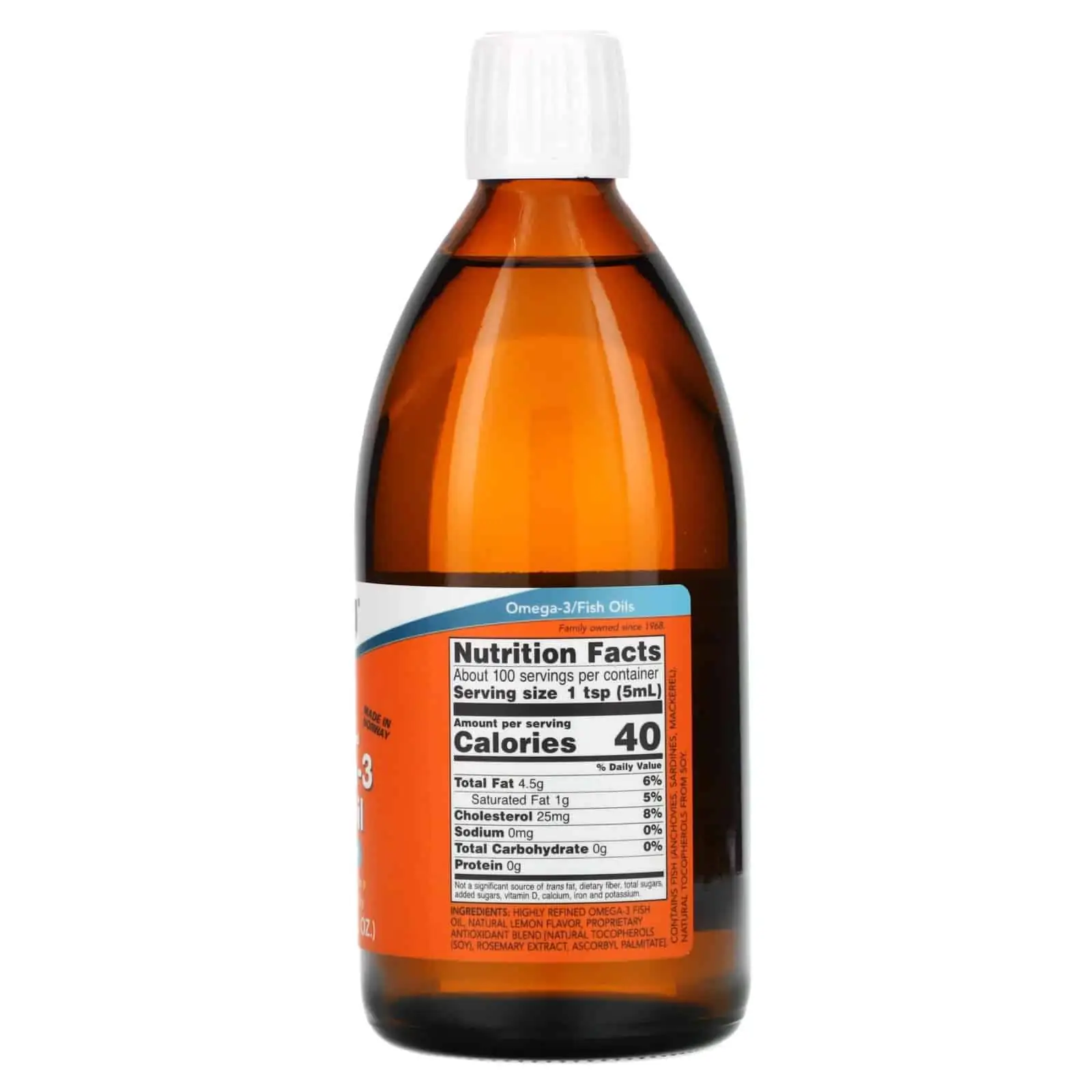
Comparing Fish Oil Liquid to Capsules
When it comes to consuming fish oils, the choice often boils down to liquid or capsules. Both forms offer the essential omega-3 fatty acids beneficial for health, but there are distinctions that may influence your preference.
Form: Fish oils liquid is, as the name implies, a fluid form that you can take alone or mix with food. Capsules are pill-like and swallowed whole.
Absorption: The body may absorb liquid forms faster than capsules. This can mean more immediate benefits from the nutrients.
Taste: Capsules mask the taste of fish oils, which some find unpleasant. However, liquids often come with flavors to help with palatability.
Dosage Control: Liquid fish oil allows for easier adjustment of dosages. Capsules come in pre-measured amounts, offering convenience but less flexibility.
Portability: Capsules are more convenient to carry and take on the go. Liquids may require refrigeration or careful handling to prevent spills.
Shelf Life: Liquids can oxidize or go rancid more quickly. Capsules are usually more stable over time due to their sealed nature.
In choosing between fish oil liquid and capsules, consider taste preferences, convenience, and how you plan to use it. If you’re someone who travels often or dislikes the taste of fish, capsules might be the better option. However, if you want flexible dosing and faster absorption, fish oil liquid could be the way to go.
Ultimately, the benefits of omega-3s are available in both forms. So, choose the one that aligns with your lifestyle and health goals. Always consult with a healthcare provider, especially when you’re incorporating a new supplement into your routine.
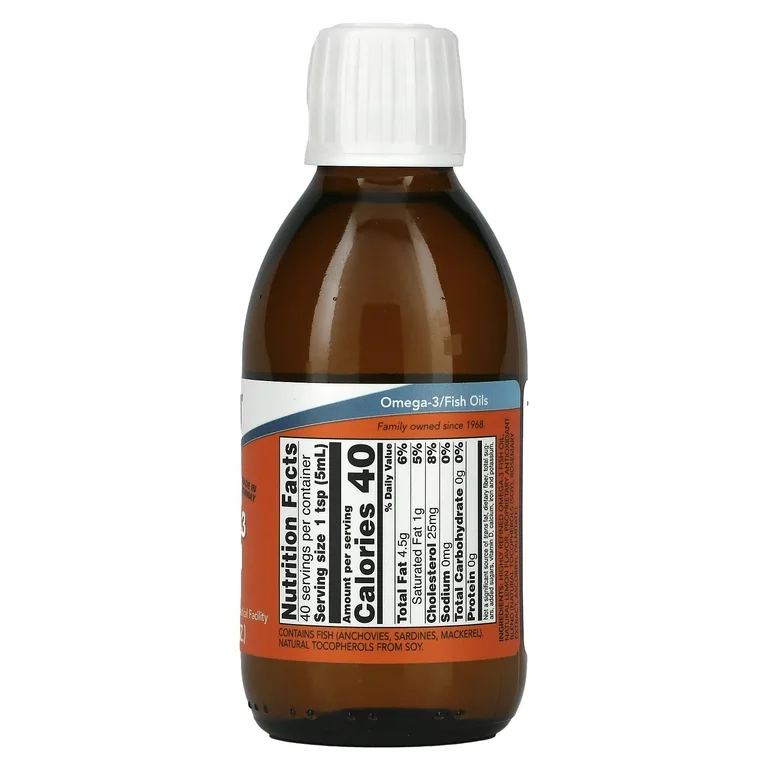
How to Incorporate Fish Oil Liquid into Your Diet
Incorporating fish oils liquid into your diet is straightforward. Here are some tips to get you started:
- Start with Small Quantities: If you’re new to fish oil liquid, begin with a small amount. You can gradually increase it as your body adjusts.
- Mix with Foods: To improve the taste, mix fish oil liquid with food. Try blending it into smoothies or drizzling it over salads.
- Choose Flavored Variants: If the fishy taste is a concern, opt for flavored fish oil liquids. Common flavors include lemon and orange, which can help mask the fish taste.
- Use as a Condiment: Think of fish oil liquid as a health-boosting condiment. Add it to foods like yogurt or oatmeal for an omega-3 punch.
- Combine with Meals: Taking fish oil liquid with meals can enhance absorption. Plus, it can reduce any potential gastrointestinal discomfort.
- Consistent Timing: Make it a habit to take your fish oil liquid at the same time daily. This consistency can aid in establishing a routine.
- Consult Your Healthcare Provider: Discuss with your doctor if you’re unsure about the dosage. They can help you determine the right amount for your diet and health needs.
By following these simple steps, you can easily add fish oil liquid to your daily routine. Remember to keep within the recommended dosages. With careful integration, you can start enjoying the various health benefits offered by fish oil liquid.
Potential Side Effects and Precautions
While fish oils liquid offers many health benefits, it’s vital to be aware of potential side effects and take precautions. Most people tolerate fish oil liquid well. Yet, some may experience mild side effects, particularly at higher doses. These can include:
- Digestive Issues: Some individuals may report stomach upset, diarrhea, or nausea after taking fish oils liquid.
- Fishy Aftertaste: A common complaint is a fishy aftertaste, which may be more noticeable with liquid forms.
- Blood Thinning: Omega-3 fatty acids have blood-thinning effects. This might increase bleeding risk for those on blood-thinning medication.
- Allergic Reactions: Rare, but possible, are allergic reactions to fish oil, especially if you have fish allergies.
- Contaminants: Low-quality fish oil might contain harmful contaminants. These include heavy metals like mercury or PCBs.
To minimize these risks, here are some precautions you can take:
- Consult a Healthcare Provider: Before including fish oil liquid in your diet, talk with a healthcare provider. This is crucial, especially if you have health concerns or take other medications.
- Start with Low Doses: Begin with a lower dose to monitor your body’s reaction.
- Choose Quality Products: Select fish oil liquid with clear labeling on EPA and DHA content. Look for products tested for purity.
- Be Mindful of Interactions: If you take medications, be aware of possible interactions. This includes blood thinners and blood pressure drugs.
- Store Correctly: Keep fish oil liquid in a cool, dark place. Some types may need refrigeration.
By taking these precautions, you can enjoy the benefits of fish oil liquid while mitigating potential drawbacks. Always aim for quality products and take advice from health experts.
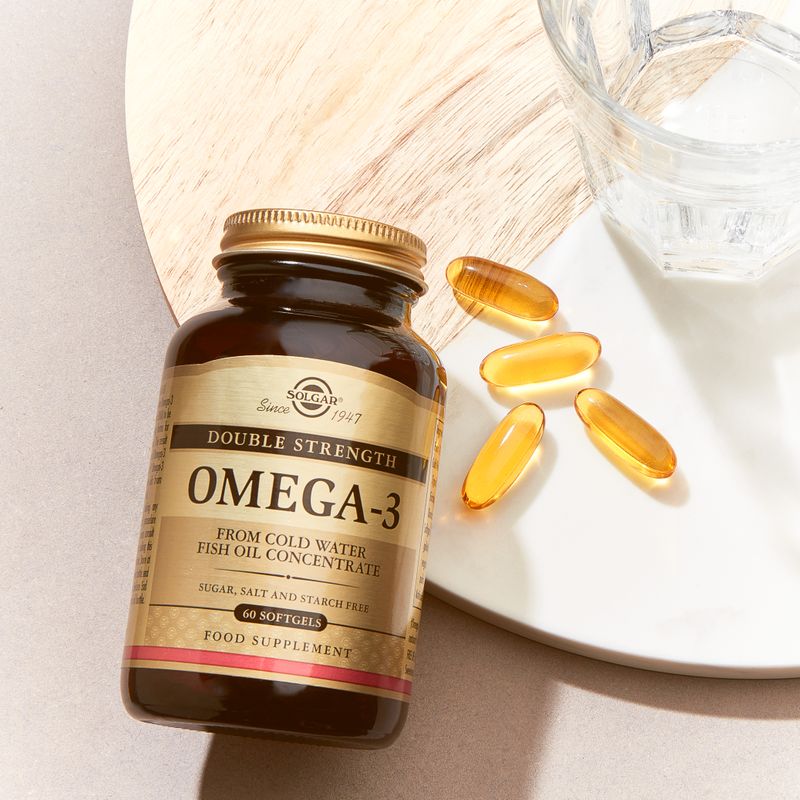
Selecting High-Quality Fish Oil Liquid Products
Choosing the right fish oils liquid is important for safety and effectiveness. Here’s what to look for:
- Check EPA and DHA Levels: Quality fish oils liquid will list the amounts of EPA and DHA. Make sure the product specifies these on the label.
- Purity Testing: Select products that have undergone third-party purity testing. This ensures they are free from harmful contaminants like mercury or PCBs.
- Freshness: Fresh fish oil is less likely to be oxidized. Look for products with antioxidants like vitamin E that protect against oxidation.
- Sustainable Sourcing: Opt for fish oil derived from sustainable sources. This supports the environment and often indicates higher quality.
- Taste and Scent: Quality fish oils liquid should not have a strong fishy scent. Flavored options can help if the taste is a concern for you.
- Packaging: Proper packaging is essential to maintain quality. Dark bottles or proper sealing can prevent the oil from spoiling.
- Brand Reputation: Research the brand to ensure they have a good reputation for quality. Customer reviews and expert recommendations can guide you.
- Price Point: While price isn’t always an indicator of quality, extremely cheap options might compromise on purity or sourcing.
Always consult with a healthcare provider when introducing a new supplement. They can provide guidance tailored to your health needs. By considering these factors, you can select a high-quality fish oil liquid that fits your requirements and contributes to your overall well-being.
